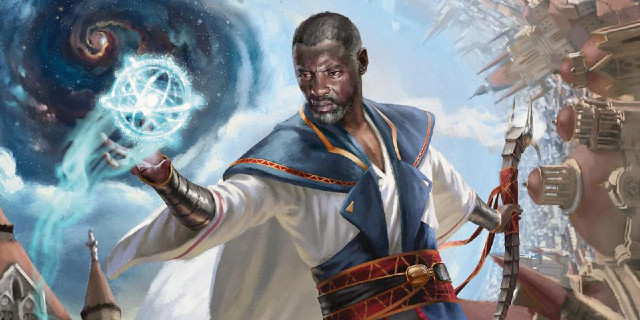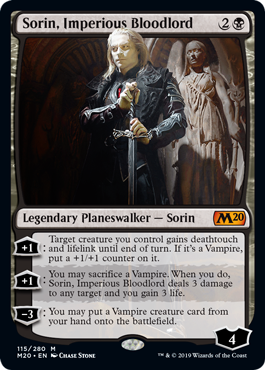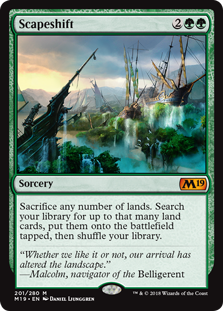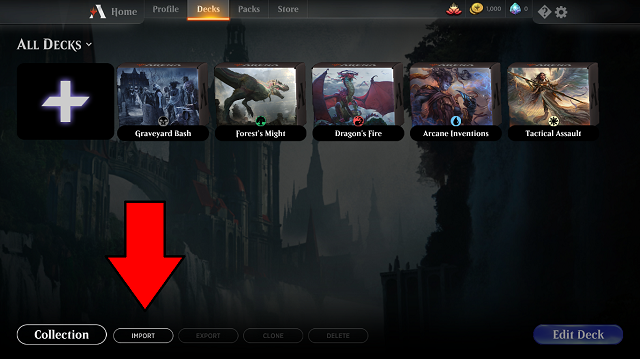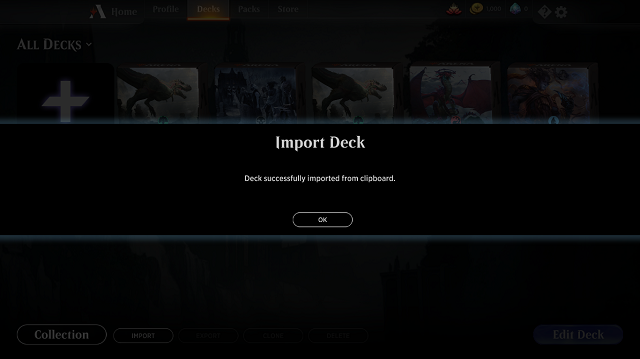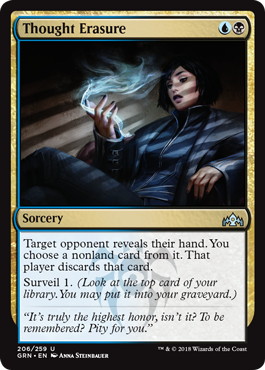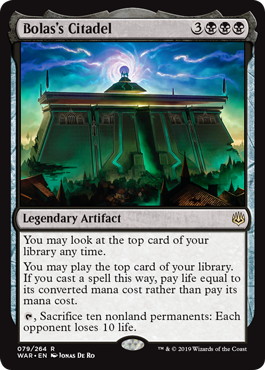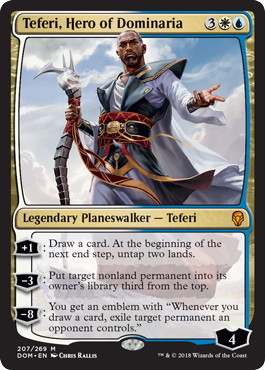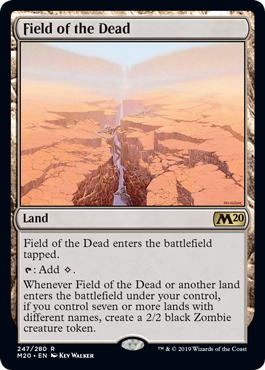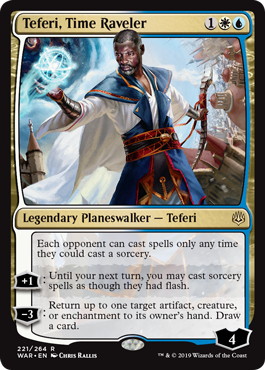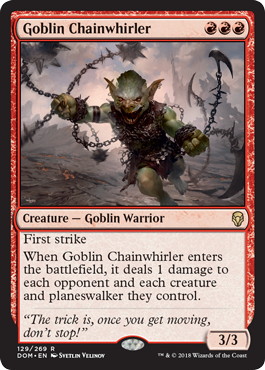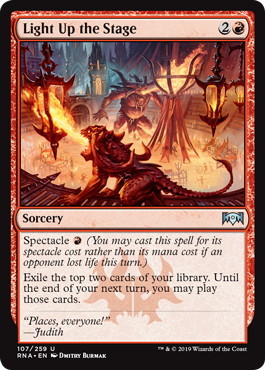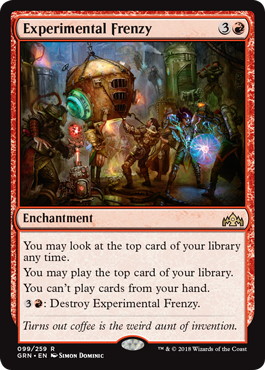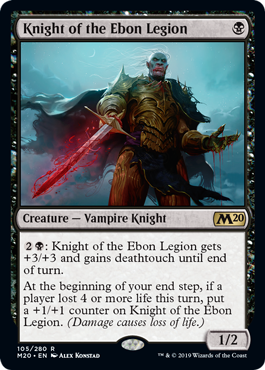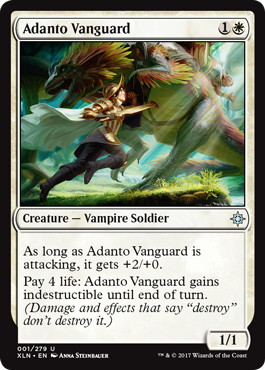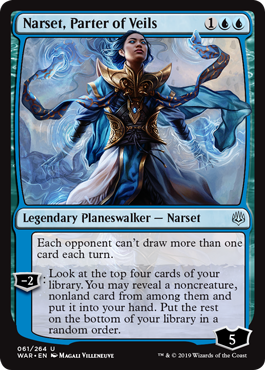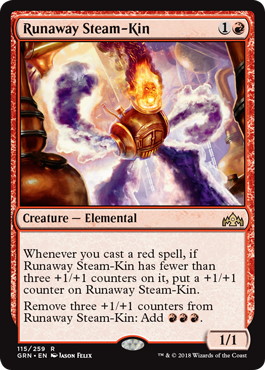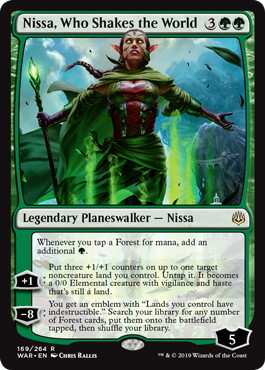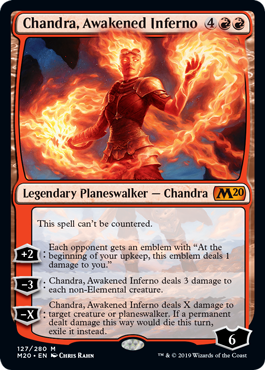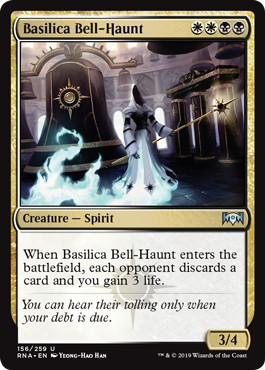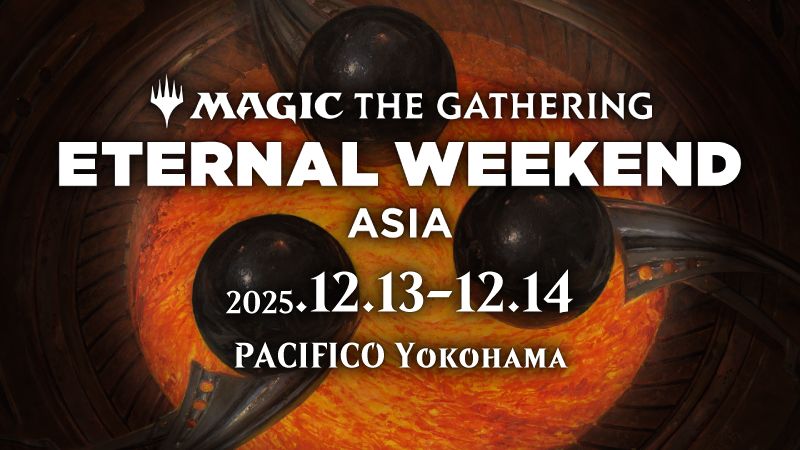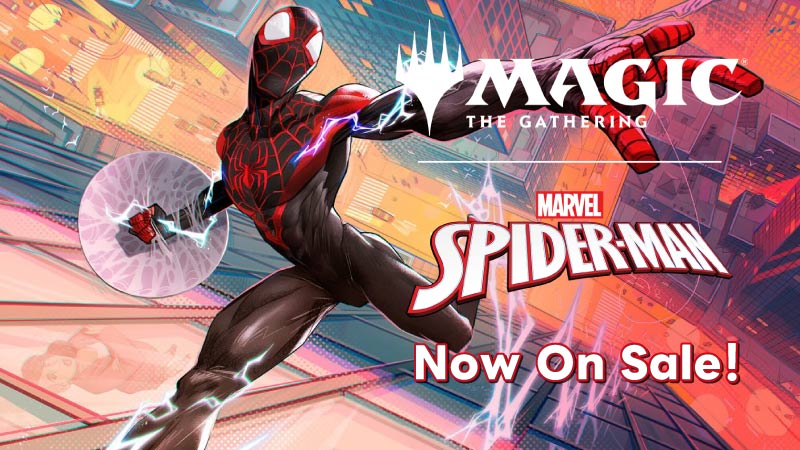Introduction
The Standard metagame has been evolving rapidly since the addition of Core set 2020 (M20). Most notably, we have seen the rise of Vampire tribal and Scapeshift as dominant strategies.
In the last two weeks, some of the top pros in Magic Pro League (MPL) league play have chosen to play Vampires only to have others abandon it altogether the next week — opting to instead metagame against it. With deck choices in flux, even among top-level players, picking the right Standard deck is challenging.
Do not fret though because today I will provide you with the four decks I am confident are Tier 1 and great choices. I will also offer three reasons you might choose to play each deck to hopefully help you narrow down your decision:
Four Tier 1 Decks in the Current Metagame
1) Esper Control by Carlos Romao
- Carlos Romao
- – Esper Control
- Fandom Legends on 15/08/2019
- (Champion)
1 《Swamp》
4 《Godless Shrine》
4 《Hallowed Fountain》
4 《Watery Grave》
4 《Drowned Catacomb》
4 《Glacial Fortress》
3 《Isolated Chapel》
1 《Temple of Silence》
-Land (26)- 4 《Basilica Bell-Haunt》
-Creature (4)-
4 《Thought Erasure》
2 《Cast Down》
2 《Legion’s End》
1 《The Elderspell》
1 《Mortify》
1 《Command the Dreadhorde》
3 《Oath of Kaya》
2 《Bolas’s Citadel》
4 《Narset, Parter of Veils》
4 《Teferi, Time Raveler》
3 《Teferi, Hero of Dominaria》
-Spell (30)-
2 《Devout Decree》
2 《Dovin’s Veto》
2 《Noxious Grasp》
2 《Ashiok, Dream Render》
1 《Despark》
1 《The Elderspell》
1 《Unmoored Ego》
1 《Enter the God-Eternals》
1 《Command the Dreadhorde》
-Sideboard (15)-
Why You Should Play Esper Control:
1) It’s solid against everything. There is not going to be a matchup where you are heavily unfavored because the deck features universally good cards.
2) You get to play 《Thought Erasure》, one of the best (if not the best) cards in Standard. You also get to play three incredibly powerful planeswalkers that will run away with games a large percentage of the time.
3) You feel strongly about your metagame predictions. Esper is a deck that utilizes its sideboard exceptionally well. Blue, Black, and White are deep colors with excellent answers. The better your read on the field, the easier it will be to leverage your advantage with Esper.
2) Bant Scapeshift by Brad Nelson
- Brad Nelson
- – Bant Scapeshift
- Fandom Legends on 15/08/2019
- (Finalist)
2 《Island》
1 《Plains》
2 《Breeding Pool》
2 《Hallowed Fountain》
2 《Temple Garden》
1 《Glacial Fortress》
1 《Hinterland Harbor》
1 《Sunpetal Grove》
1 《Azorius Guildgate》
1 《Selesnya Guildgate》
1 《Simic Guildgate》
1 《Blossoming Sands》
1 《Thornwood Falls》
1 《Tranquil Cove》
2 《Temple of Mystery》
1 《Memorial to Genius》
4 《Field of the Dead》
1 《Blast Zone》
1 《Field of Ruin》
-Land (29)- 2 《Arboreal Grazer》
4 《Hydroid Krasis》
4 《Elvish Rejuvenator》
1 《Deputy of Detention》
-Creature (11)-
2 《Grow from the Ashes》
4 《Circuitous Route》
4 《Scapeshift》
2 《Time Wipe》
4 《Teferi, Time Raveler》
-Spell (20)-
2 《Deputy of Detention》
2 《Agent of Treachery》
2 《Veil of Summer》
2 《Aether Gust》
2 《Teferi, Hero of Dominaria》
1 《Dovin’s Veto》
-Sideboard (15)-
Why You Should Play Bant Scapeshift:
1) It has a compelling game plan that is both powerful and consistent. It destroys decks that fail to pressure the board adequately.
2) It makes excellent use of 《Teferi, Time Raveler》.
3) It has abnormally strong game one percentages while also having the ability to fight through hate post-board. This combination will skyrocket a player’s match win percentage.
3) Mono-Red by Martin Juza
- Martin Juza
- – Mono-Red
- Core Emerald Round-Robin
-Land (20)- 4 《Fanatical Firebrand》
4 《Ghitu Lavarunner》
4 《Runaway Steam-Kin》
4 《Viashino Pyromancer》
4 《Goblin Chainwhirler》
-Creature (20)-
4 《Lightning Strike》
4 《Light Up the Stage》
3 《Wizard’s Lightning》
4 《Experimental Frenzy》
1 《Chandra, Fire Artisan》
-Spell (20)-
4 《Lava Coil》
3 《Blood Sun》
3 《Tibalt, Rakish Instigator》
1 《Chandra, Fire Artisan》
-Sideboard (15)-
Why You Should Play Mono-Red:
1) It is a proactive strategy that will get many “free wins”.
2) You get to play with 《Experimental Frenzy》 (one of the best cards in Standard) and 《Goblin Chainwhirler》 (a card that is excellent against both Vampires and 《Llanowar Elves》 Ramp strategies).
3) You have a strong Esper/Esper Hero matchup.
4) Vampires by Carlos Romao
- Carlos Romao
- – Orzhov Vampires
- Core Pearl Top 4
7 《Swamp》
4 《Godless Shrine》
4 《Isolated Chapel》
-Land (22)- 4 《Knight of the Ebon Legion》
4 《Vicious Conquistador》
3 《Skymarcher Aspirant》
4 《Adanto Vanguard》
4 《Legion Lieutenant》
2 《Sanctum Seeker》
3 《Champion of Dusk》
1 《Vona, Butcher of Magan》
-Creature (25)-
2 《Mortify》
4 《Legion’s Landing》
4 《Sorin, Imperious Bloodlord》
1 《Ajani, Adversary of Tyrants》
-Spell (13)-
3 《Noxious Grasp》
2 《Despark》
2 《Legion’s End》
2 《Gideon Blackblade》
1 《Ravenous Chupacabra》
1 《Sorin, Vengeful Bloodlord》
-Sideboard (15)-
Why You Should Play Orzhov Vampires:
1) It is a proactive strategy that is hard to deal with since it utilizes creatures and planeswalkers exceptionally well. Like Red, you have substantial upside and draws that your opponents will quickly lose to.
2) You get to back up your aggressive creatures and planeswalkers with the best sideboard card in Standard: 《Duress》.
The Most Impactful Cards and How To Beat Them
As mentioned earlier, you can’t go wrong by playing any of these four strategies. Honorable mentions include Bant Ramp, Esper Hero, and Jeskai Walkers (although I consider Jeskai Walkers to be below Ramp and Hero in terms of ranking). I played Jeskai Walkers in Fandom Legends this week to a top-four finish but realized the deck is weak against Scapeshift. Game 1 is virtually unwinnable, and many slots in the board must be devoted to beat it.
I think these honorable mentions are viable in Standard if appropriately tuned, but don’t think they are as good as the four I have mentioned above.
Now that I have presented the four decks, I’d briefly like to touch on why I think the meta is how it is: 《Teferi, Time Raveler》 and 《Narset, Parter of Veils》.
These two cards have had a profound effect on Standard because of their static abilities. Teferi has dramatically decreased the value of instants, and Narset has done the same for cards that draw cards. The amount of restriction these two planeswalkers place on the Standard card pool is massive. I’d go as far as to argue that printing these two are an excellent example of a mistake in game design. It’s reasonable for cards to be powerful, but you don’t want them to eliminate the viability of large swaths of otherwise playable cards and strategies in your game.
Teferi and Narset make playing midrange or “fair” strategies hard, as they not only provide card advantage, but they stick around after to stay relevant. The consequence of exceptional minus abilities + great static abilities for 3cmc (converted mana cost) is that it is tough to outvalue them. If you are going to go midrange you have a strong incentive to put these in your deck. Popular strategies in other formats like Golgari, RB, GW, Grixis, etc. have decreased in terms of viability because of the two.
People have tried to combat the two by going “under” them with aggro decks like Vampires and Mono-Red. The idea is to kill the opponent before their value engines take off. It won’t matter how many cards you have if your life total is too low to stabilize.
We also have people trying to go above them with strategies like Bant Ramp and Scapeshift. It doesn’t matter how much “value” you get off a Narset or a Teferi if you are staring down twenty 2/2s from 《Field of the Dead》. You can have all the cards you want, but without hate, you are not going to be at an accelerated out 《Field of the Dead》s or large 《Scapeshift》, because the zombies keep coming.
With Scapeshift in particular, even if you can sweep them multiple times, they can get 4 《Field of the Dead》 in play, making every land or ramp spell they draw amazing resulting in a lack of dead cards left in their deck to draw.
While these two strategies have been successful, the consequence is the meta is being pulled in two opposite directions and becoming more and more polarized. For this reason, I expect cards that can be good against both aggro and ramp strategies to increase in value. Examples of these include 《Chandra, Awakened Inferno》 and 《Basilica Bell-Haunt》. They have applications against both sides of the spectrum.
One thing I do like about the current Standard is that if you want to beat a deck you can. Although I do believe 《Narset, Parter of Veils》 and 《Teferi, Time Raveler》 to be bad for the health of Standard, it’s a positive that no decks are overly dominant (think Caw-Blade and 《Aetherworks Marvel》). If you want to beat something you can, which means predicting metagames correctly and adapting your deck choice week holds even more value in this Standard than usual.
Conclusion
In this regard, I hope this article was of help to you in your journey selecting a Standard deck. Best of luck 😁


